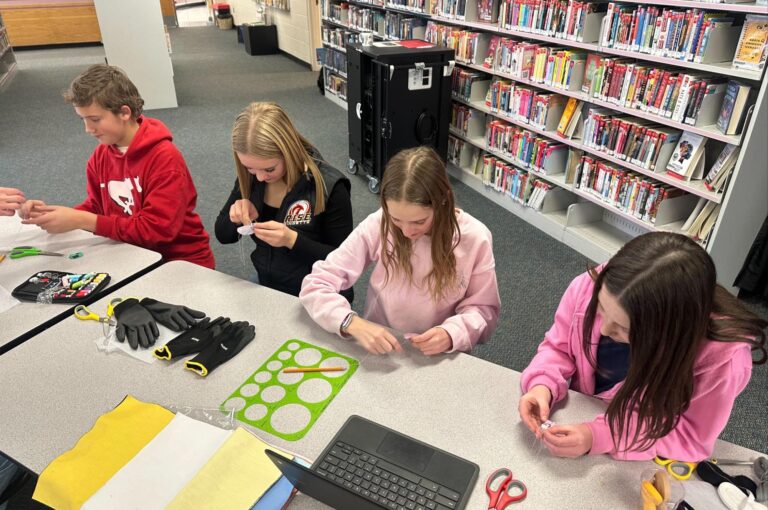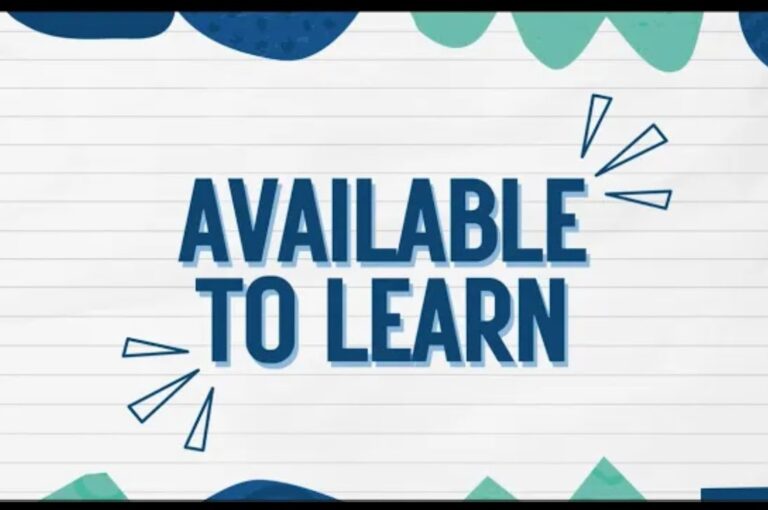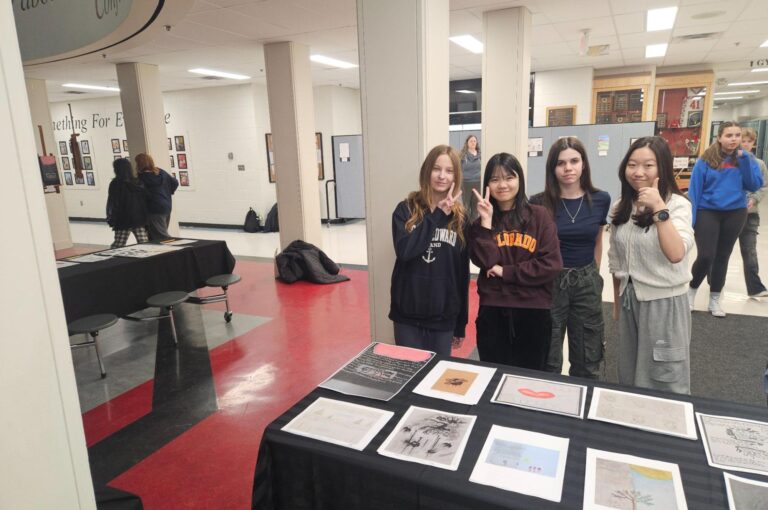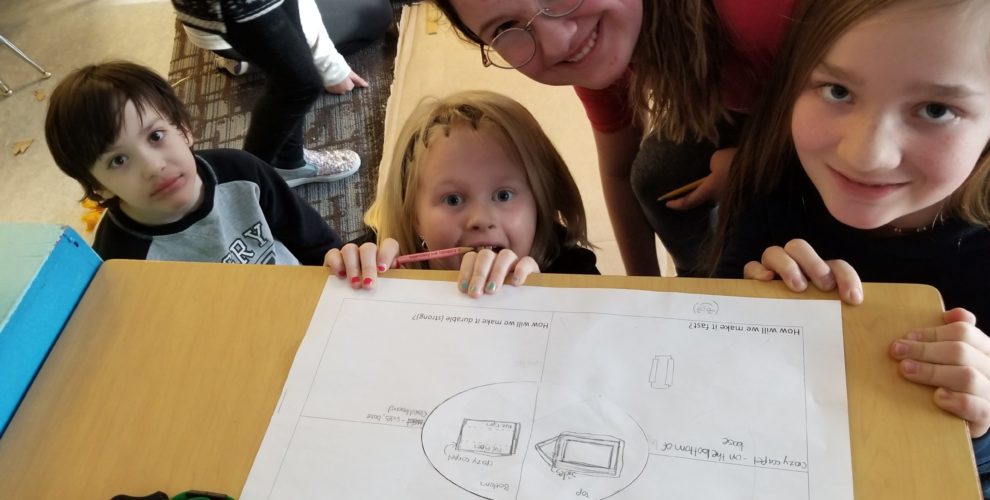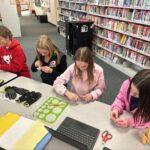Authentic Engagement is fostered when teachers design learning experiences that intellectually and emotionally engage students. This was the case, when the Grade 3 and Grade 6 students from Greentree Elementary School in Drumheller worked collaboratively to complete the Buddy Sled Challenge.
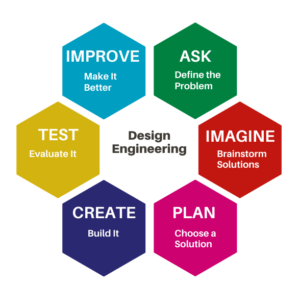
Connecting to Science
Greentree teachers Kelly Eddy and Sue Noy presented their students with the challenge of having to build a sled that could transport a weight of 20 pounds from the top to the bottom of a hill in the fastest, safest, and most durable sled possible. This project relied on the Grade 3’s knowledge of Building Materials and the Grade 6’s knowledge of Air and Aerodynamics to help them complete the Engineering Design Process. Both grades were able to apply what they had learned in science to a real life scenario.
Collecting Data
Students were asked to gather information by closely examining different types of sleds. Next, they used this information to identify possible sled designs so that they could begin to create a sled prototype. The students, working collaboratively in cross-graded teams, used their shared enthusiasm and understanding, to help them solve this complex task together.
Testing Time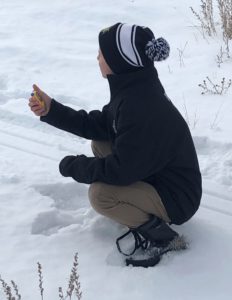
Once a prototype was built, they were required to test it. Students made their way to a local sledding hill and put their sled prototype through a series of tests: they measured sled speed, the distance the sled travelled and how well the sled stood up to the rigors of testing. RCMP members from the Drumheller community were onsite, which served as a great connector between the school and the community. The RCMP used their radar technology to record the speed of the sleds and the students filmed their sled trials so that they had a wealth of data to analyze when it came time to refine their prototypes.
Improving and Re-Design
Following their first trial, the students went back into their Work Shop to refine their sled models and to prepare for the second, and final testing of their sled prototype. Students were eager to apply changes to their sleds so that it better fit the criteria.
Deep Understanding
Through the Engineering Design Process, students were presented with a challenge and asked to solve it through innovation. Students were able to reach a deep understanding of their science curriculum through the sled-building task. This deep understanding was evident in the following reflection offered by one of the grade six students:
“I’m going to definitely curve the front of my sled up, like a toboggan, so the snow can get under it. Planes have curved fronts so they cut the air and this makes it easier for the plane to glide. The drag for my sled would be the snow build-up, so it stops my sled. If I curve the front of my sled, the drag would be less because the snow will be going under my sled and not stopping in front of it. This will really help me speed up my sled for next time.”
This learning experience will have a lasting effect on these students’ understandings of science, design thinking, and ingenuity.

